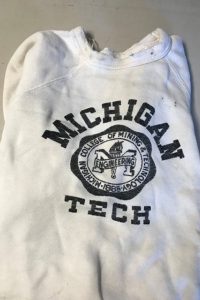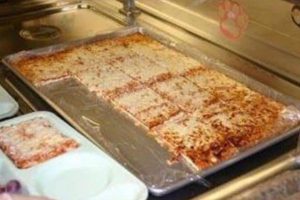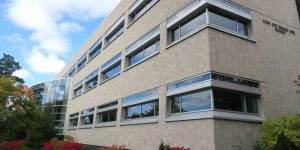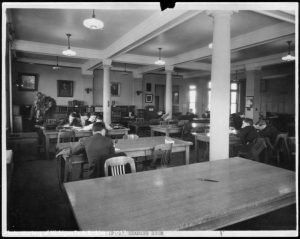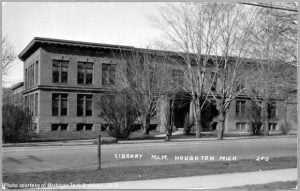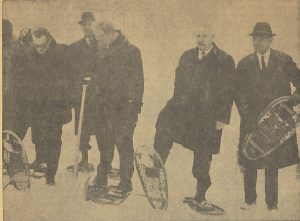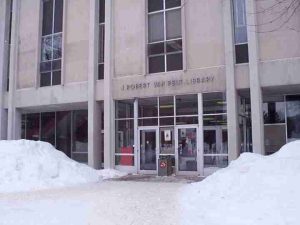Commencement ceremonies took place at 10:30 a.m. Saturday, May 4, in the John MacInnes Student Ice Arena in the Student Development Complex. Here’s a look at Michigan Tech’s class of 2019.
1,194 – Total degrees awarded
835 – Bachelor’s degrees awarded
296 – Master’s degrees awarded
63 – Doctor of Philosophy degrees awarded
735 – College of Engineering graduates
295 – College of Sciences and Arts graduates
71 – School of Business and Economics graduates
51 – School of Technology graduates
42 – School of Forestry and Environmental Sciences graduates



